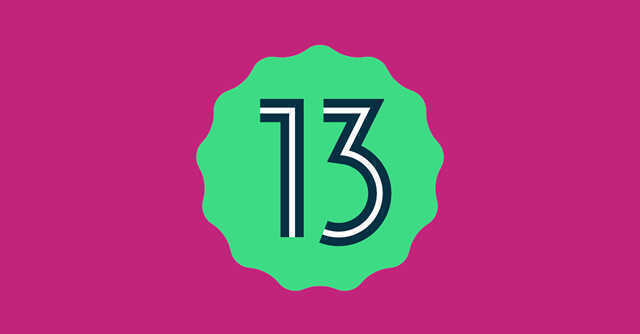
Android 13 Developer Preview: how to download on Pixel phones


The Android 13 Developer Preview is here, offering users proficient enough to get a first taste of the next generation of Android. As is the norm, the Android 13 Developer Preview will be first available on Google’s own Pixel phones, so to try Android 13 right away, users will need to own a Pixel 4, Pixel 4a, Pixel 5, Pixel 5a or Pixel 6 smartphone.
How to get the Android 13 Developer Preview
The Android 13 Developer Preview can be tested either through the Android Emulator on Android Studio. On Pixel devices, the Android 13 image file can be ‘flashed’ or manually installed through the following steps:

Using the Android Flash Tool through web browsers, users can plug in their eligible Pixel smartphones to a laptop. Once connected to supported web browsers (including Chrome and Edge), users can follow the on-screen instructions to install the developer preview. The device will be reset, and the preview version will be installed on the phone instead.
Users can also opt for a manual install by plugging their phones into laptops, and manually downloading the Android image file on to their devices. The Android 13 Developer Preview for specific Pixel phones can be downloaded from here.
What’s new in Android 13

According to Google, the Android 13 preview brings a photo picker feature and API (application programming interface), which third party applications on Android can use to limit access to files on a device. The new Android version also gets nearby device permission access over wi-fi, which will ensure that apps do not need location access to detect nearby devices on a wi-fi network.
These features, Google says, are part of a continued focus on privacy with the new Android interface. “Privacy is core to Android’s product principles, and Android 13 focuses on building a responsible and high quality platform for all by providing a safer environment on the device and more controls to the user,” a company statement reads.
Other features include new taskbar tiles on the Android interface, similar to the previously introduced Android 12L that has been optimised for tablets and foldable devices. The Privacy Dashboard now has 7-day permission view, and the QR code shortcut is now part of the quick settings dashboard as well.

